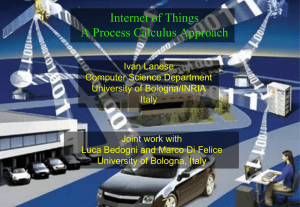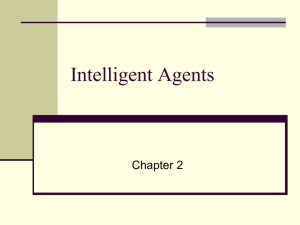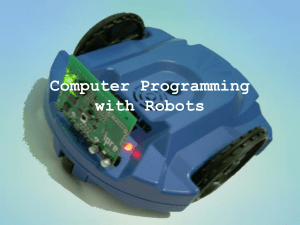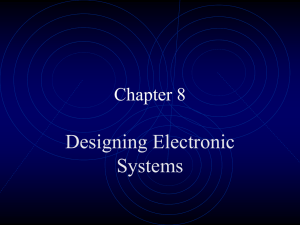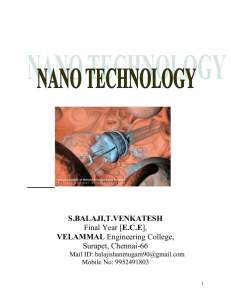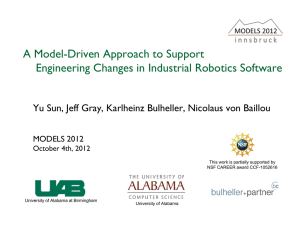Humanoid_Robotics
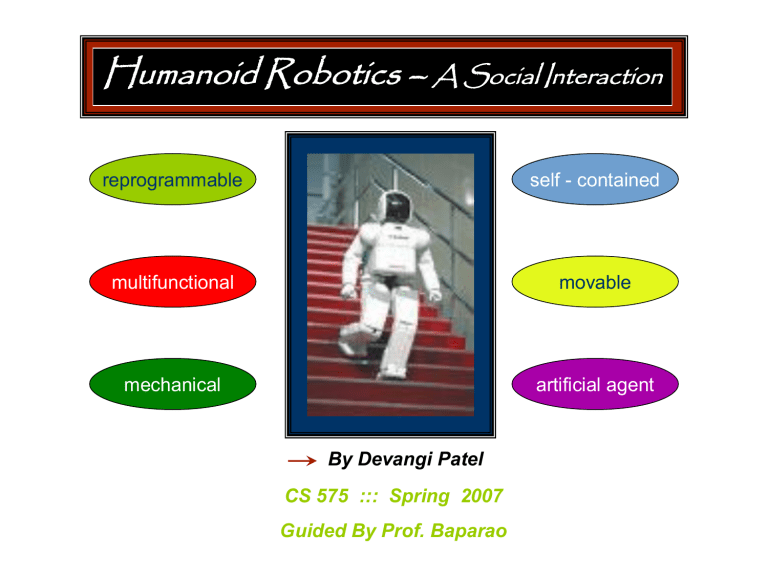
Humanoid Robotics –
A Social Interaction
reprogrammable self - contained multifunctional mechanical movable artificial agent
By Devangi Patel
CS 575 ::: Spring 2007
Guided By Prof. Baparao
Humanoid Robotics
A humanoid robot is an autonomous robot because it can adapt to changes in its environment or itself and continue to reach its goal. This is the main difference between humanoids and other kinds of robots, like industrial robots which are used to performing tasks in highly structured environments.
Humanoid robots may contain human body parts like legs, arms, face with eyes & mouth. Androids are humanoid robots built to resemble a male human, and Gynoids are humanoid robots built to resemble a human female.
Sony has developed small but remarkable robots that can dance and sing for entertainment purposes.
Robonaut works with creator,
Robert Ambrose, Ph.D., MIT, to make a weld.
Capabilities of Humanoid Robots
• Self maintenance (recharge itself)
• Autonomous learning (learn or gain new capabilities without outside assistance, adjust strategies based on the surroundings and adapt to new situations)
• Avoiding harmful situations to people, property and itself
• Safe interacting with human beings and the environment
Purpose
• A research tool
• To build better orthosis and prosthesis for human beings
• To perform human tasks like personal assistance
• For providing entertainment
Components
• Sensors
• Actuators
• Planning & Control
Sensors
• Proprioceptive Sensors :
Proprioceptive sensors sense the position, the orientation and the speed of the humanoid’s body and joints.
Accelerometer sensors
Tilt sensors
Force sensors
Position sensors
Speed sensors
Sensors – contd.
• Exteroceptive Sensors :
Exteroceptive sensors give the robot information about the surrounding environment, which is the real world in case of humanoid robots. That information allows the robot to interact with the world.
Proximity sensors
Tactile sensors
Vision sensors
Sound sensors
Actuators
• Electric actuators
• Hydraulic actuators
• Piezoelectric actuators
• Ultrasonic actuators
• Pneumatic actuators
Cog Robot – Human Interaction
• Cog has a set of sensors and actuators that tries to approximate the sensory and motor dynamics of a human body.
• Equipped with a sophisticated visual system capable of saccades, smooth pursuit, vergence, and coordinating head and eyes through model of the human.
• Responds not only to visual stimulation, but also to sounds and to the ways people move Cog's body parts.
• Can learn a diverse array of behaviors including everything from playing with a slinky to using a hammer.
The newest version of Cog, developed at MIT AI laboratory.
WENDY – A Human Symbolic Robot
• Consists of two anthropomorphic arms, a head and torso & it has wheels instead of legs.
• Designed to work with humans, often in the same working space, carrying out physical, informational and psychological interaction with humans.
• The joints are equipped with force sensors that detect collision.
• Robust, dexterous handling is accomplished using a mechanism for pressure adjustment based on human fingertips.
• The robot hand can accomplish a number of real tasks such as chopping vegetables and grasping very small coins.
Wendy S. Sugano Laboratory Waseda University
Handaly – II Robot
• Designed by Waseda University for the purpose of interactive communication with humans
• It has an environmental recognition system that uses vision and voice recognition to remain aware of the presence and actions of people around it.
• Uses a compliant motion system and can achieve mobility using electric wheels
• Uses these capabilities to communicate with humans not only informationally, but also physically.
Hadaly - 2 Humanoid Project Waseda University.
6 feet tall and weighs over 600 pounds



